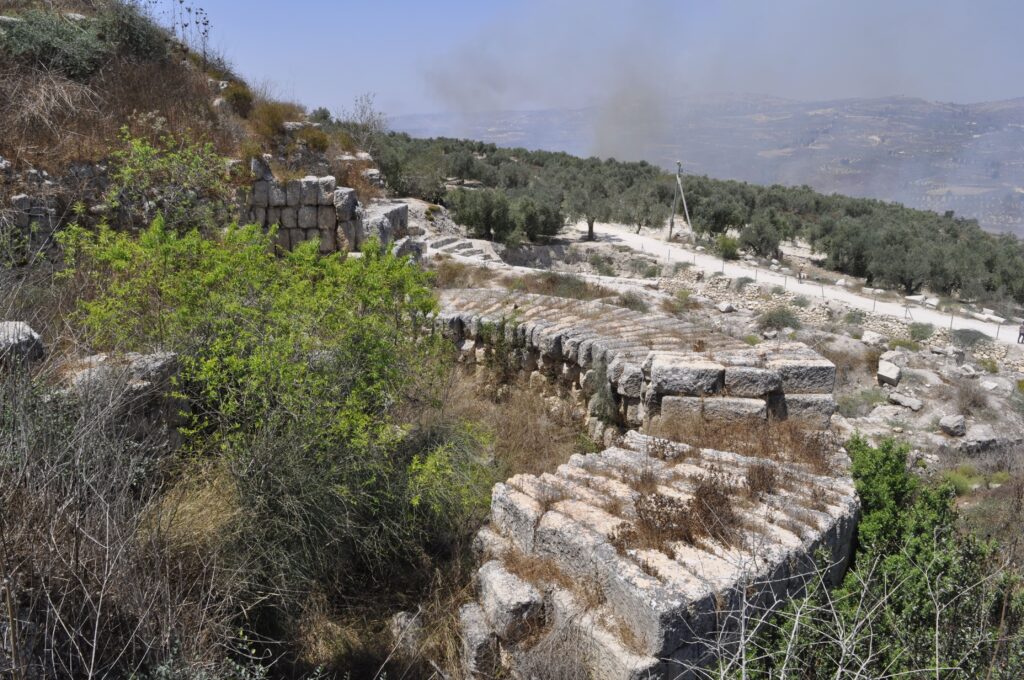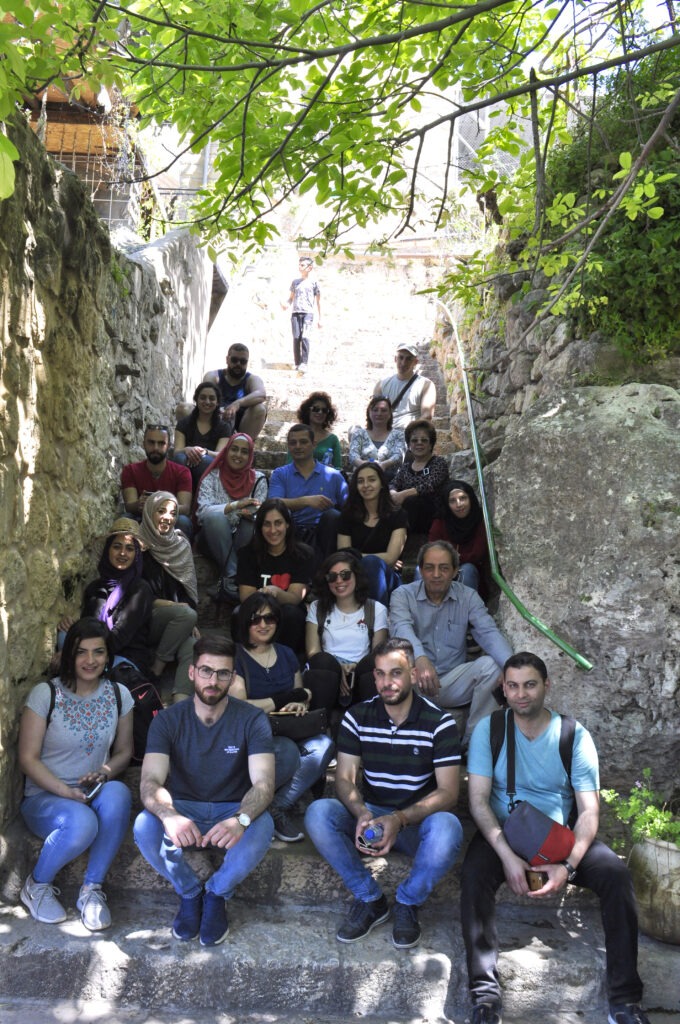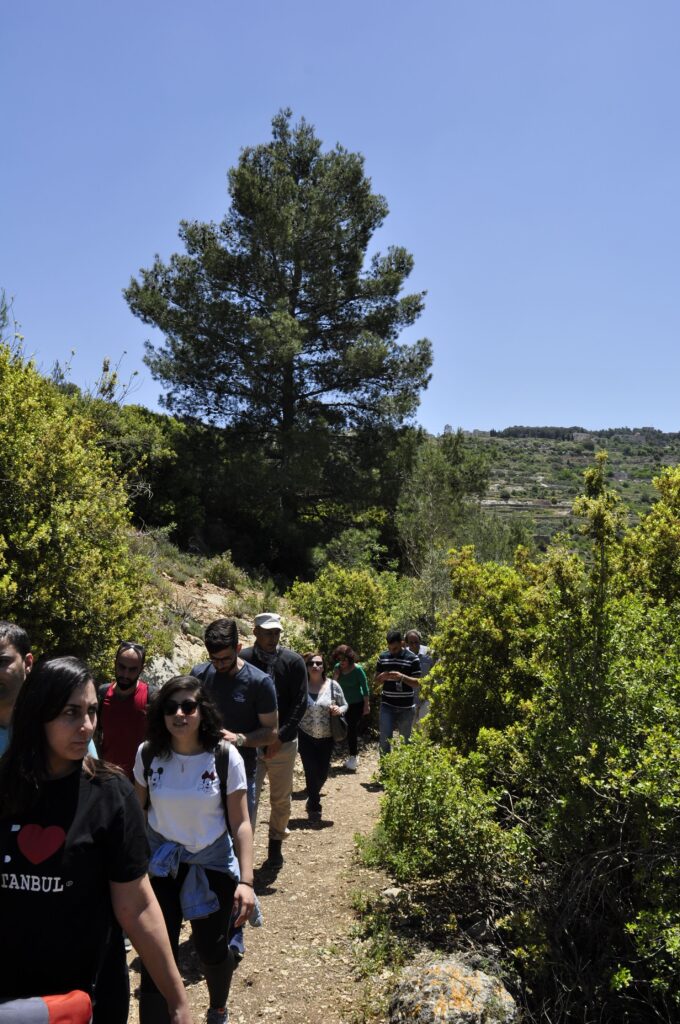Beitir: History and Life in the Heart of Palestine

Looking to go during the summer of next year. Any tips for that? What is the best time?
Beit Jala, a Palestinian village southwest of Jerusalem and west of Bethlehem, is located approximately 8 km and 5 km from each city, respectively. Situated at an elevation of 800 meters above sea level, it covers about 420 dunams and is surrounded by neighboring villages such as Al-Walaja, Beit Jala, Husan, Khader, and Al-Qubo. Known for its natural beauty, Beit Jala boasts several significant springs including Ein Al-Balad, Ein Jamaa, and Ein Umdan. Over the years, its population has grown significantly, starting from around 542 residents in 1922 to approximately 5,000 by 2008, with peaks following the Israeli occupation in 1967.


Some events you should know
01.
1. Battir: A Palestinian Gem Gleaming with History and Culture
Nestled just a few kilometers southwest of Jerusalem, the enchanting Palestinian village of Battir stands as a unique architectural and historical masterpiece, embodying the rich essence of Palestinian civilization. Battir boasts an ancient history dating back to the Canaanite era, having been inhabited by Canaanites, Romans, Byzantines, and Muslims, leaving behind a rich cultural heritage evident in its archaeological landmarks and time-honored traditions. Traditional handicrafts, such as pottery and weaving, are among the hallmarks of Battir's culture, preserving their authentic charm thanks to the skills of skilled artisans who create artistic pieces that embody the spirit of Palestine.
02.
Battir's Stone Walls: An Architectural Masterpiece Mimicking Human Ingenuity
The dry stone walls, known locally as "sinsil," are one of Battir's most distinctive features, forming an extensive network of stone walls that surround the village's agricultural lands. These walls constitute a unique architectural masterpiece that showcases the ingenuity of the Palestinian people in utilizing available natural resources to construct a sustainable traditional irrigation system. These stone walls were inscribed on the UNESCO World Heritage List in 2014 due to their historical and cultural significance and the exceptional value they represent.
03.
An Adventure in Nature's Embrace: Hiking Trail in Battir
Battir offers its visitors an exceptional opportunity for an unforgettable natural adventure, where they can enjoy the long-distance hiking trail that winds through the village's picturesque landscapes. This hiking trail allows visitors to revel in Battir's breathtaking scenery, including verdant olive groves, rolling hills, and deep valleys. It also provides them with a chance to discover the region's rich biodiversity, where they can witness an array of plant and wildlife species.
04.
A Journey Through Time: Cultural Tour of Battir Village
Battir village serves as an ideal destination for history and culture enthusiasts, offering them a unique opportunity to embark on a cultural tour that delves into the village's deep-rooted past. During their cultural tour, visitors can explore the village's historical landmarks, such as the Greek Orthodox Church and the historic mosque, and gain insights into its rich history and authentic traditions. They can also visit the village's traditional houses, experience the daily lives of the local residents, and savor their warm hospitality and kindness.
05.
Battir: A Symbol of Palestinian Resilience and Defiance
Battir village stands as a symbol of Palestinian resilience and defiance, having faced numerous challenges throughout history, including Israeli occupation and attempts to confiscate its lands. The people of Battir stood firm in the face of these challenges, clinging to their land and Palestinian identity, and persevering in preserving their rich heritage and culture. Battir serves as an exemplary model of Palestinian resilience and defiance, inspiring future generations to continue their struggle for freedom and independence.
